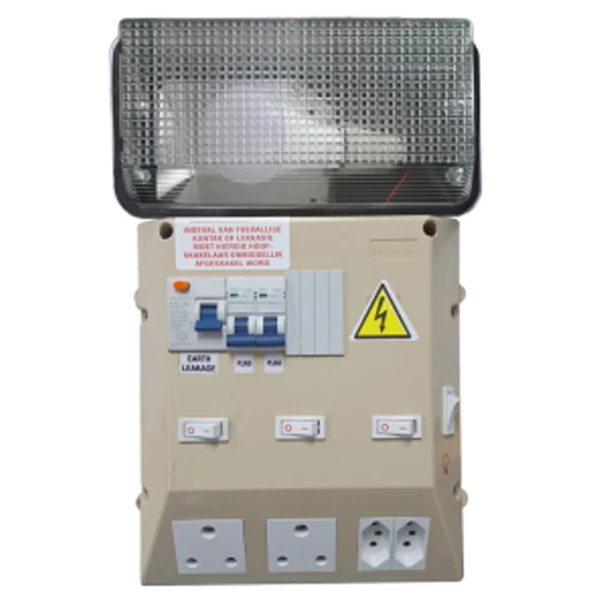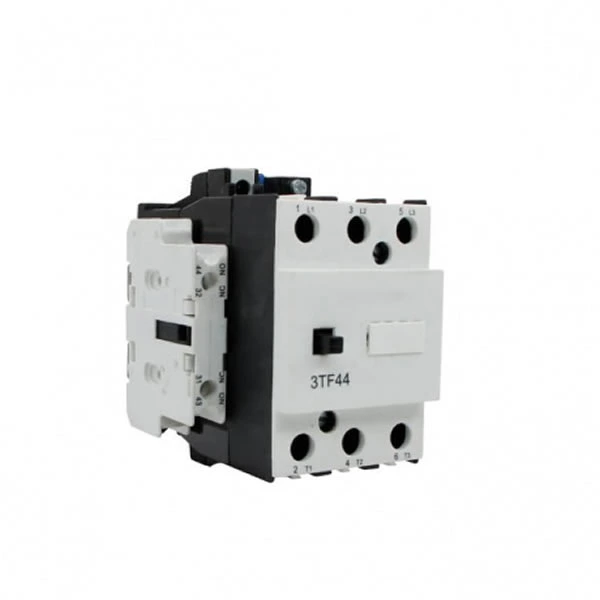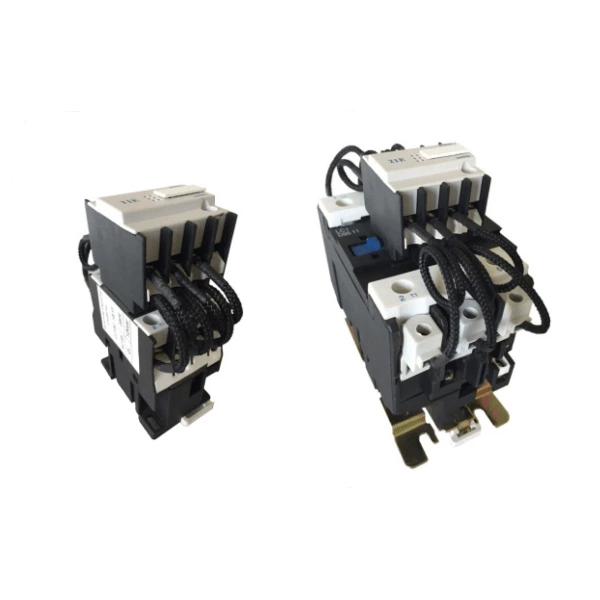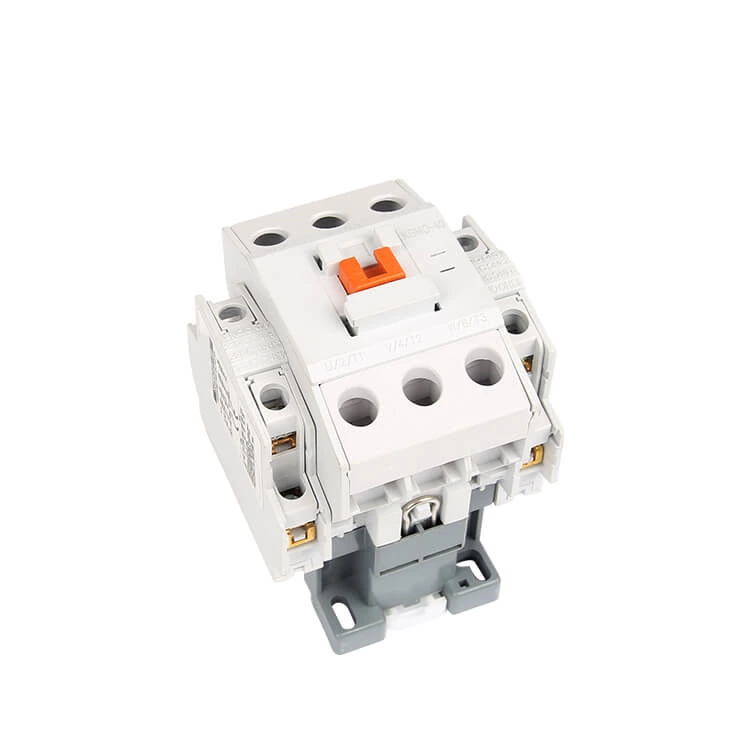Exclusive Grounding System Design For Lighting Electrical Ready Boards To Ensure Electrical Safety Bottom Line
The exclusive grounding system design of the lighting electrical ready board is the core link to ensure electrical safety. Its design must strictly follow electrical safety regulations, construct multiple protective barriers through scientific layout and reliable connections.
Core design principles of grounding system
Independence and isolation
Adopting TN-S or TN-C-S grounding system, ensure complete isolation between PE line (protective grounding wire) and N line (neutral wire), avoid stray current flowing back through PE line, and prevent electrochemical corrosion and electromagnetic interference. The PE and N rows are located on both sides of the electrical ready board, with a sufficient number of terminals to meet the requirements of the outgoing circuit. The PE terminals are reliably connected to the box using copper bars to avoid safety hazards caused by poor contact.
Material and Connection Reliability
The grounding conductor should be made of materials with excellent conductivity, such as copper core wire or galvanized steel grounding electrode. The grounding wires of the components inside the electrical ready board should be laid independently to avoid the risk of short circuit caused by parallel connection; Bare copper flexible wires or copper braided tapes are used to bridge between the cabinet door and the box body, ensuring electrical continuity of the openable components. For example, when grounding a household lighting electrical ready board, it is necessary to securely connect the power ground wire to the PE terminal block through a copper core wire, and regularly check the tightness of the screws to prevent loosening.
Equipotential bonding and corrosion prevention
In humid or corrosive environments, the grounding system needs to be treated with anti-corrosion measures, such as applying anti rust paint to the grounding electrode after welding, or using stainless steel materials. At the same time, the exposed conductive parts such as metal pipes and equipment casings are connected to the PE line through equipotential bonding to eliminate potential differences. For example, in large residential bathrooms, local equipotential bonding terminal boards are installed to reliably connect the metal parts of bathing equipment with PE wires, avoiding electric shock accidents.
Key implementation points
Load balancing and circuit limitation: The loads of each phase of the three-phase distribution main line need to be evenly distributed, and the current of the single-phase circuit should not exceed 25A to avoid overloading and causing fires.
Regular inspection and maintenance: Check the grounding resistance value every quarter to ensure it meets the standard requirements; Check the connection status of the grounding wire and promptly repair any corrosion or looseness issues.
Identification and isolation: The grounding system inside the electrical ready board should be clearly labeled to avoid cross interference with other circuits; The AC/DC power supply circuit needs to be physically isolated to prevent misoperation.








